Client reference letter template
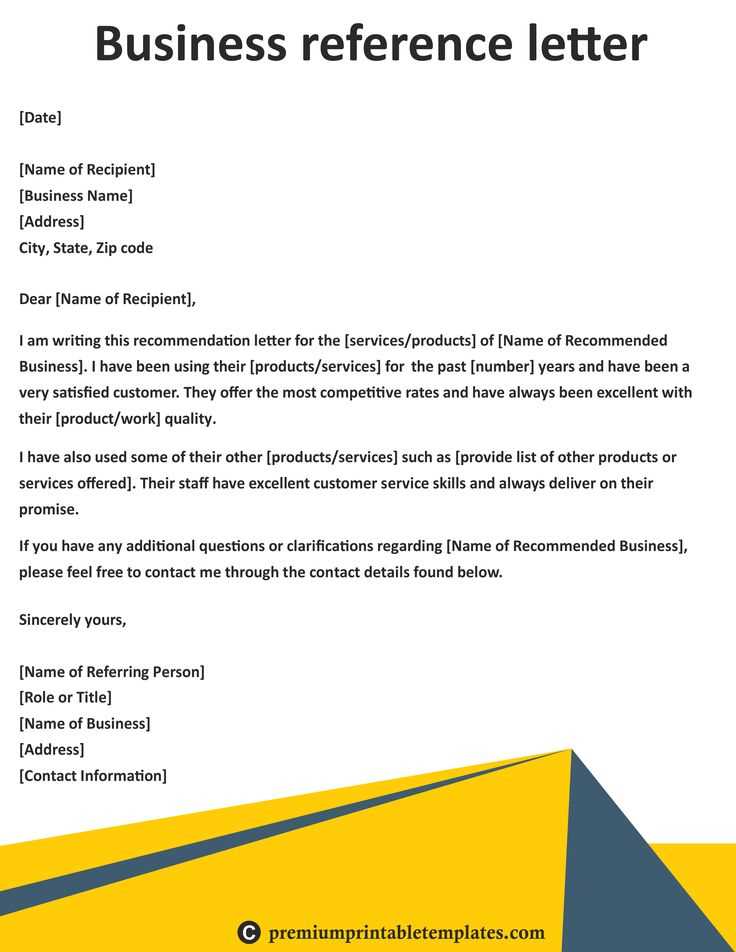
Structure of a Client Reference Letter
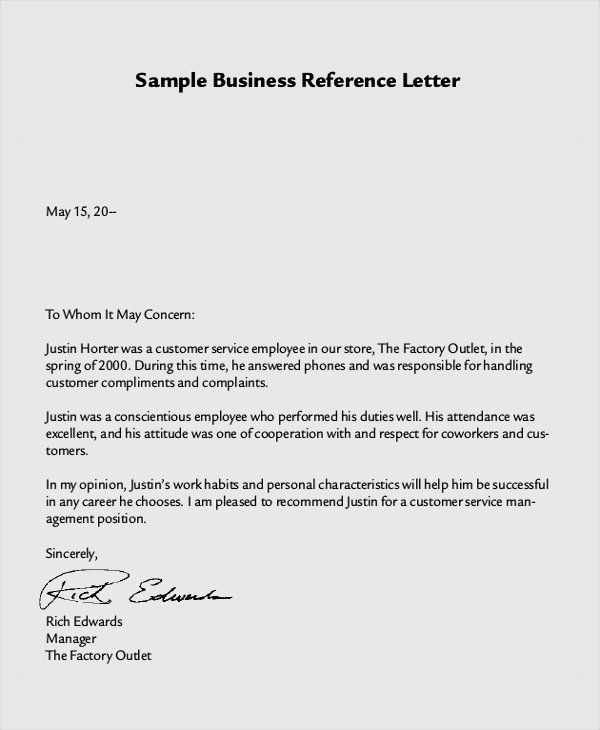
Follow this layout when writing a client reference letter. The goal is to provide clear and specific information about the client’s strengths and your experience working with them.
- Heading: Include the name of the client and the position they held or the project they were involved in.
- Introduction: Briefly introduce yourself and your relationship to the client. Mention the duration of your collaboration and the context in which you worked together.
- Body: Focus on specific qualities or skills the client demonstrated. Provide examples to back up your statements. Highlight their professionalism, work ethic, and the results they contributed to.
- Conclusion: Summarize your recommendation and express your confidence in their abilities. Offer to answer any further questions if needed.
Sample Template
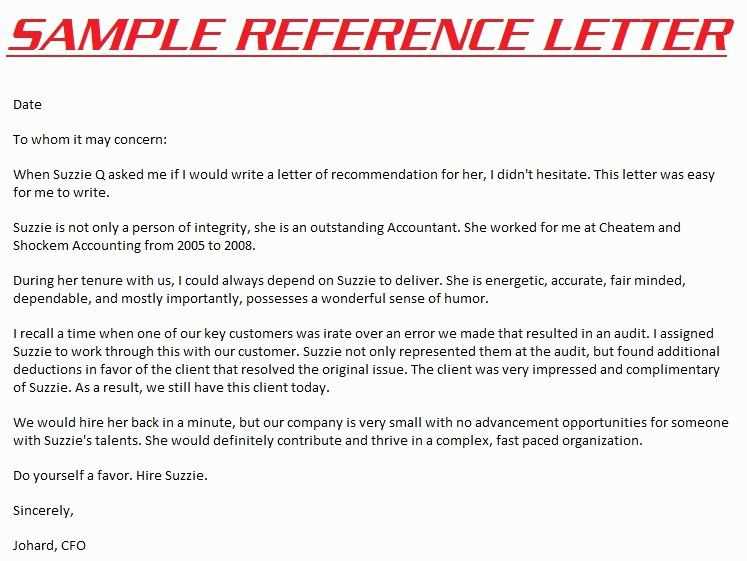
Dear [Recipient’s Name],
I am writing to recommend [Client’s Name] for [specific service or position]. I had the privilege of working closely with [Client’s Name] during [time period] while [briefly explain the work or project you both were involved in]. Over this period, I was consistently impressed by their [specific skills, e.g., attention to detail, ability to meet deadlines, communication skills].
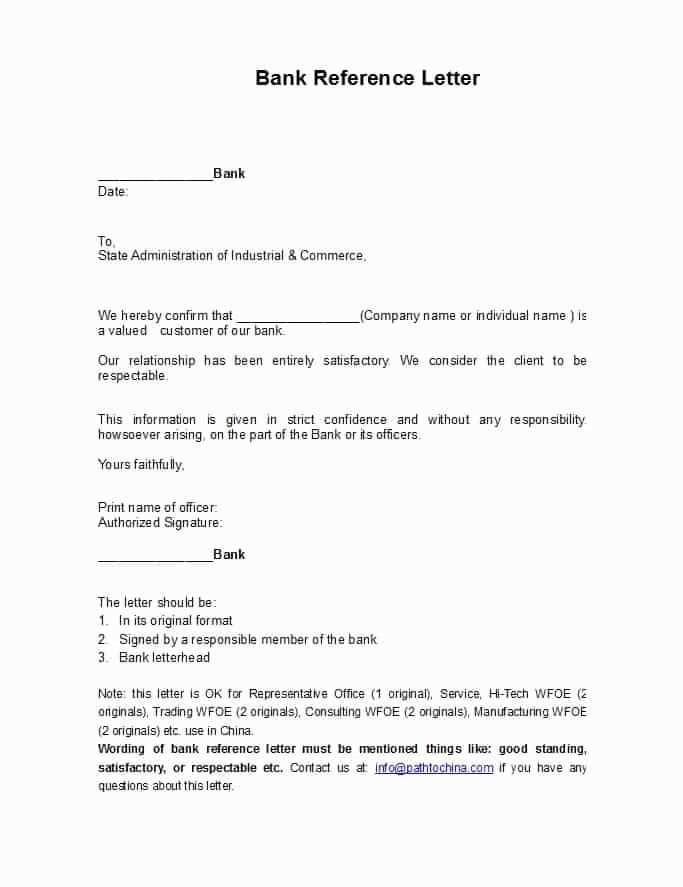
One standout example of [Client’s Name]’s ability was when [describe a specific task or project that showcases their strength]. They [explain what they did and the impact it had]. This demonstrated their [mention key trait] and made a significant contribution to the success of the project.
In conclusion, I strongly recommend [Client’s Name] for any future endeavors. Their [traits or skills] make them a valuable asset to any team or project. Should you need further information, please feel free to reach out to me.
Sincerely,
[Your Name]
Client Reference Letter Template: A Practical Guide
Understanding the Purpose of the Reference Letter
Key Elements to Include in Your Letter
How to Address the Recipient Professionally
Tips for Crafting a Persuasive and Genuine Letter
Common Mistakes to Avoid in a Reference Letter
Final Touches: Formatting and Sending Your Letter
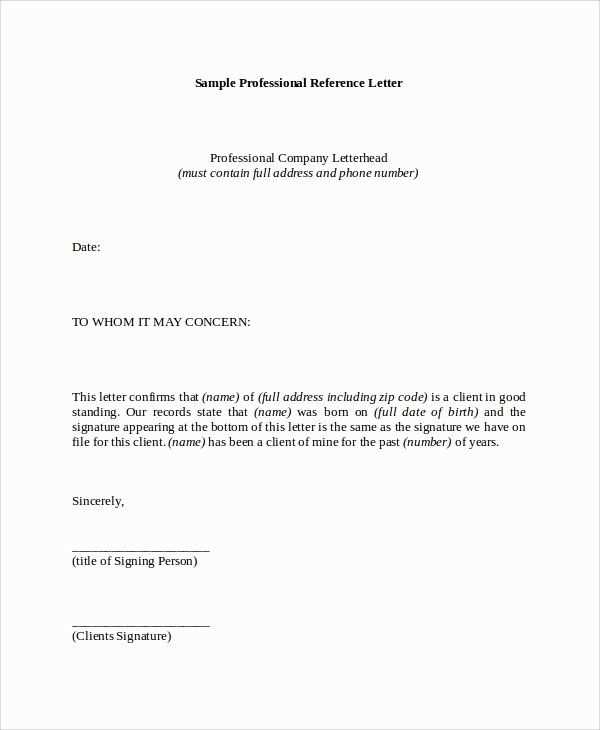
A client reference letter serves as a powerful endorsement of an individual’s skills, character, and experience. It can significantly influence hiring decisions, business partnerships, or loan approvals. Focus on providing concrete examples of the person’s qualities, ensuring that the tone is professional yet personal. Your letter should highlight key achievements and demonstrate the client’s value to the recipient.
Start by clearly stating the purpose of your reference. Introduce the person you’re recommending and the context in which you’ve worked with them. Mention the length of your relationship and how you’ve interacted to give the recipient a clear understanding of your perspective.
Key elements include a brief introduction, specific examples of the individual’s skills or qualities, and a strong conclusion that reinforces your endorsement. Include any relevant achievements, such as successful projects or milestones, that demonstrate their qualifications. Ensure that each example ties directly to the recipient’s needs or expectations.
Address the recipient with a formal salutation, using their professional title (e.g., Mr., Ms., Dr.) and full name. If the recipient’s title or position is unknown, consider using a neutral salutation such as “Dear Hiring Manager” or “To Whom It May Concern.” This sets a respectful tone from the beginning.
Craft your letter with sincerity and specificity. Avoid generic statements and focus on real-life examples that highlight the individual’s strengths. Being clear about why you believe the person is a good fit for the opportunity or situation increases the letter’s persuasiveness. Stay objective but be sure to express genuine enthusiasm for the person’s qualifications.
Avoid common mistakes such as being overly vague or failing to provide evidence of the individual’s skills. Don’t overstate achievements or make promises you can’t back up. Keep your letter concise, focusing on quality over quantity, and avoid unnecessary embellishments.
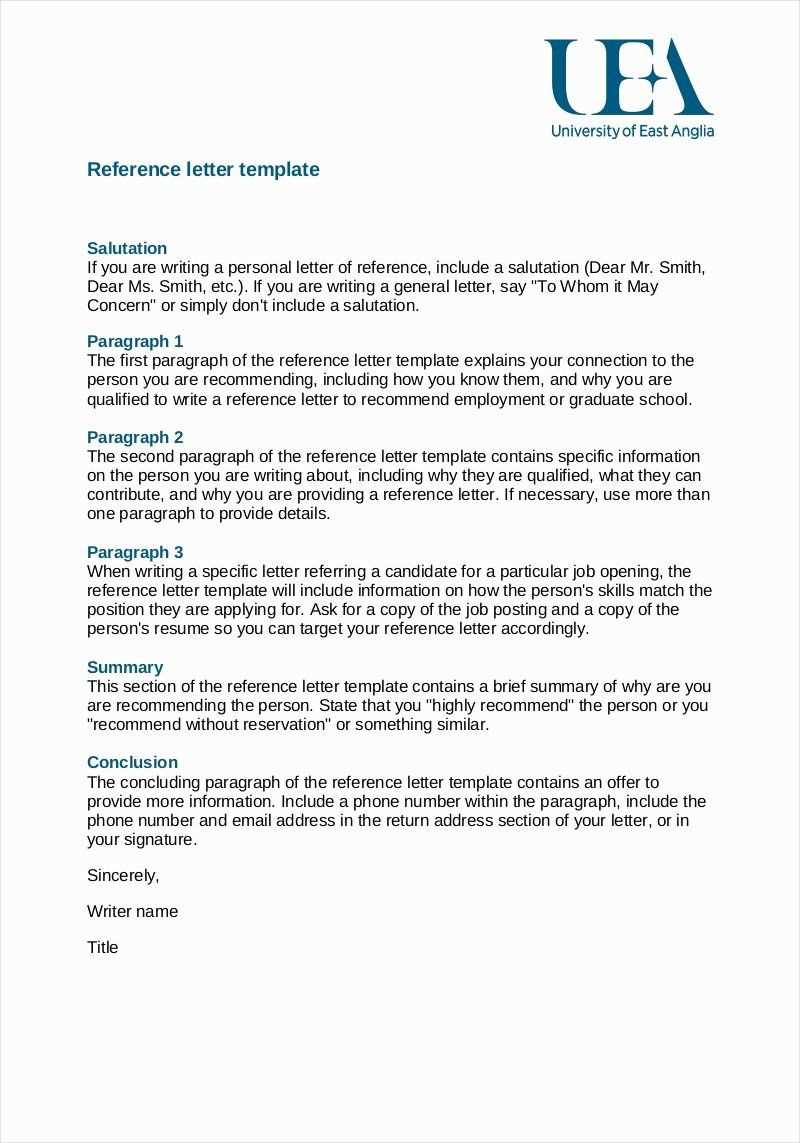
Before sending the letter, double-check its formatting. Ensure that it looks neat, professional, and is free from errors. Use a clear, readable font and proper paragraph breaks. If you’re submitting it electronically, save it as a PDF to preserve the formatting. Attach a brief cover letter if necessary, and follow any submission guidelines provided by the recipient.